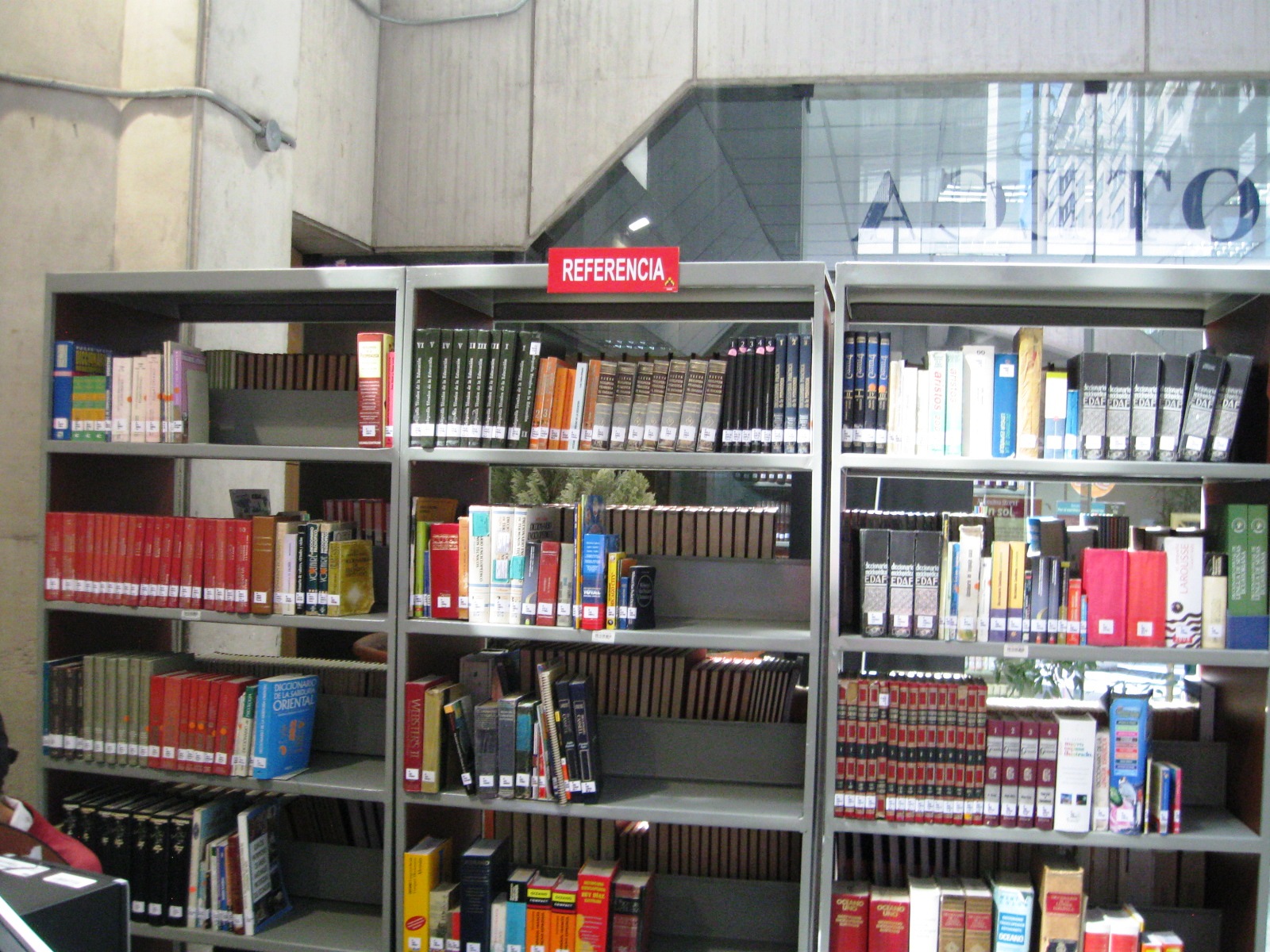Building a nonfiction/reference collection in Spanish
Developing a relevant information section for Spanish-speaking users depends on how recently the majority of them have immigrated. More recent immigrants will need help assimilating to their new culture, and may seek information on medical information, jobs, housing, and legal advice. Other informational interests and needs will be similar to any reader, such as auto repair and home maintenance. Latin American users in particular may be well educated and have sophisticated reading tastes in philosophy and history, while politics (especially related to their home countries) is another popular subject (Marquis, 2003).
- Conduct a needs assessment of the Spanish-speaking community. The undocumented segment of the population can be hard to study, as typical needs assessment measures may miss them. Richardson (2006) applied Hersberger's (1998) needs assessment for homeless populations to assessing undocumented populations. The two groups may overlap individuals, they both do not appear on government or census information, and they may turn to informal information networks rather than structures. Richardson emphasized observation, interviews, content analysis, and being aware of social networks as alternative forms of needs assessment (2006). His six goals for needs assessment of the undocumented are as follows:
- "To understand an undocumented individual's own perception of need;
- To assess an undocumented individual's prior experience of need, and its relation to current need/perception of need;
- To contextualize an individual's need for documentation by viewing it in relation to other needs;
- To prioritize an undocumented individual's needs such that primary needs may be resolved in an efficient sequence;
- To identify and evaluate information sources (formal and informal, individual and social) currently used by an individual; and
- To identify and evaluate new, potential information sources relevant to an undocumented individual's actual and/or perceived needs" (Richardson, 2006).
- Keep up with current media from Spanish-speaking subsets of the library community, and determine current circulation statistics and reference questions for information needs and interests (Marquis, 2003).
- This collection from School Library Journal includes select nonfiction titles for biography, self-help, cookbooks, and health/fitness.
- Print periodicals are more valued among Latin American communities than average, and are an important resource the library can provide (Marquis, 2003). This list from MIT Libraries divides periodicals by country with short annotations.
- Ulrichsweb, a periodicals driectory, allows for filtering results by language.
- Many of the library's English reference resources, such as the Encyclopedia Britanica, are also available in other languages.
- General and subject Spanish-language reference sources, online and print
- Penguin Random House's list of Spanish Nonfiction

Image via The Librarian is In on Wordpress